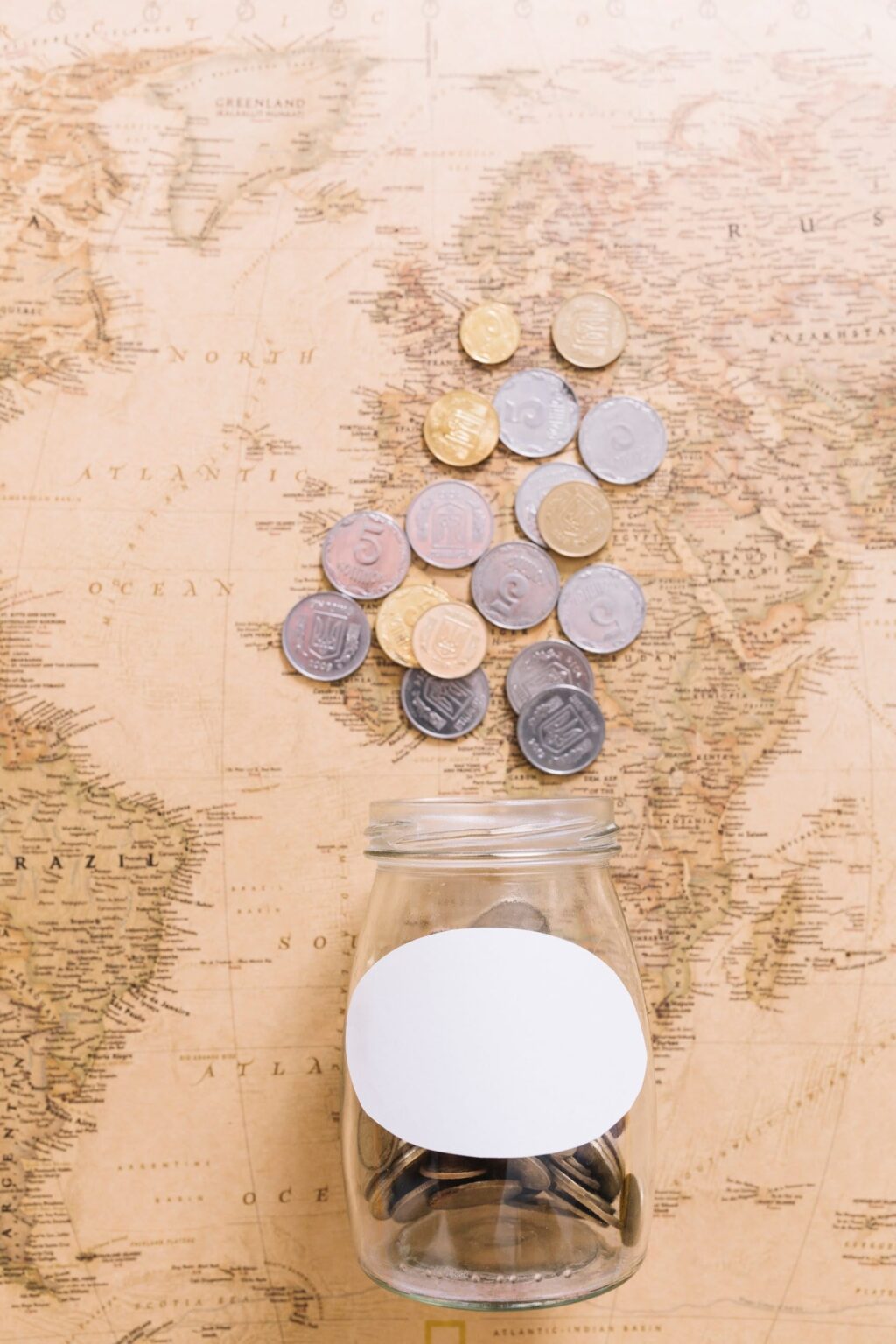LAGOS, NIGERIA– A country’s debt-to-GDP ratio is a key measure of its economic health, comparing how much money a nation owes to how much it produces. When this number climbs too high, it can signal serious challenges ahead, impacting everything from schools to healthcare.
According to recent data from the IMF in April 2024, many African countries are struggling with alarmingly high debt-to-GDP ratios that could shape their futures in unexpected ways. Understanding these figures is crucial because they affect not just governments and economies, but also our lives.
Let’s explore the top 10 African countries with the highest debt-to-GDP ratios, analyzing the reasons behind their debt and what it means for us as an individual.
10. South Africa: 75.4% Debt-to-GDP Ratio
South Africa rounds out the list with a debt-to-GDP ratio of 75.4%. The country faces significant economic challenges, including slow growth and high unemployment, leading to increased borrowing.
Impact: High debt levels pose risks to economic stability, as debt servicing costs divert funds from critical public services and investment in infrastructure.
What’s Being Done: South Africa is implementing economic reforms and engaging with international lenders to manage its debt effectively while focusing on growth strategies.
9. Guinea-Bissau: 76.5% Debt-to-GDP Ratio
Guinea-Bissau’s debt-to-GDP ratio is at 76.5%, primarily due to borrowing to fund public services and infrastructure, compounded by political instability.
Impact: The high debt burden limits the government’s ability to invest in development, leading to chronic underfunding of essential services.
What’s Being Done: Guinea-Bissau is working to enhance fiscal management and seek international support for debt restructuring.
8. Tunisia: 78.6% Debt-to-GDP Ratio
Tunisia’s debt-to-GDP ratio stands at 78.6%, a consequence of political instability and economic challenges that have hindered growth since the Arab Spring.
Impact: High debt levels restrict government investment in public services and infrastructure, exacerbating social tensions and economic challenges.
What’s Being Done: Tunisia is engaging with international lenders for debt restructuring and exploring economic reforms to boost growth and stability.
7. Mauritius: 81% Debt-to-GDP Ratio
Mauritius has a debt-to-GDP ratio of 81%, driven by government spending to support the economy, especially during the pandemic.
Impact: While the country has a relatively stable economy, high debt levels could constrain future public spending and development initiatives if not managed carefully.
What’s Being Done: The government is exploring measures to improve fiscal discipline and is working on strategies to diversify the economy beyond tourism.
6. Ghana: 83.6% Debt-to-GDP Ratio
Ghana’s debt-to-GDP ratio is at 83.6%, reflecting significant borrowing for infrastructure and COVID-19 relief efforts.
Impact: The government has faced challenges in balancing debt repayment with public spending, leading to slow infrastructure development and rising inflation, which affects citizens’ livelihoods.
What’s Being Done: Ghana is in discussions with the IMF for a financial bailout to stabilize the economy and is focusing on enhancing domestic revenue mobilization to manage its debt.
5. Congo, Republic of: 94.6% Debt-to-GDP Ratio
The Republic of Congo’s debt-to-GDP ratio stands at 94.6%, driven by heavy borrowing linked to infrastructure projects and a reliance on oil revenues, which are subject to market fluctuations.
Impact: High debt levels hinder the government’s ability to invest in critical areas such as healthcare and education, leading to inadequate public services and rising poverty.
What’s Being Done: The government is working on improving fiscal management and diversifying its economy to reduce dependency on oil while negotiating debt relief with creditors.
4. Mozambique: 96.9% Debt-to-GDP Ratio
Mozambique has a debt-to-GDP ratio of 96.9%, primarily resulting from hidden loans taken in the early 2010s, which led to a national scandal and significant economic repercussions.
Impact: The country faces challenges in public spending, as a large portion of the budget is directed towards debt repayments. Natural disasters have further strained the economy and infrastructure.
What’s Being Done: Mozambique is restructuring its debt with the help of international donors and focusing on developing its natural gas reserves to increase revenue.
3. Egypt: 96.4% Debt-to-GDP Ratio
Egypt’s debt-to-GDP ratio is at 96.4%, largely driven by substantial infrastructure projects, including the expansion of the Suez Canal and new urban developments. These projects require significant borrowing.
Impact: While these investments are intended to spur growth, high debt servicing costs strain the national budget, limiting spending on healthcare, education, and social programs. Inflation remains a pressing issue.
What’s Being Done: The Egyptian government is implementing economic reforms, including subsidy reductions and increased taxes, to manage its debt more effectively and stabilize the economy with support from the IMF.
2. Zimbabwe: 98.5% Debt-to-GDP Ratio
Zimbabwe’s debt-to-GDP ratio stands at 98.5%, stemming from years of economic mismanagement, hyperinflation, and a heavy reliance on borrowing to finance public services and infrastructure projects.
Impact: High debt levels have limited the government’s capacity to deliver basic services, and the economy struggles with unemployment and inflation, further eroding citizens’ purchasing power.
What’s Being Done: The government is pursuing economic reforms and engaging with international financial institutions to restructure its debt and improve economic stability.
1. Sudan: 280.3% Debt-to-GDP Ratio
Sudan tops the list with an alarming debt-to-GDP ratio of 280.3%. This staggering figure results from decades of political instability, economic mismanagement, and the effects of prolonged conflict. Additionally, the country’s access to international financing has been severely restricted due to sanctions.
Impact: The high debt has crippled Sudan’s ability to invest in essential services, exacerbating poverty and limiting economic recovery. Inflation and food insecurity are significant concerns for the population.
What’s Being Done: Sudan is actively engaging with the IMF and World Bank for debt relief and is seeking to qualify for the Heavily Indebted Poor Countries (HIPC) Initiative to alleviate its financial burdens.
https://www.africanexponent.com/top-10-african-countries-with-the-highest-debt-to-gdp-ratios-in-2024/


